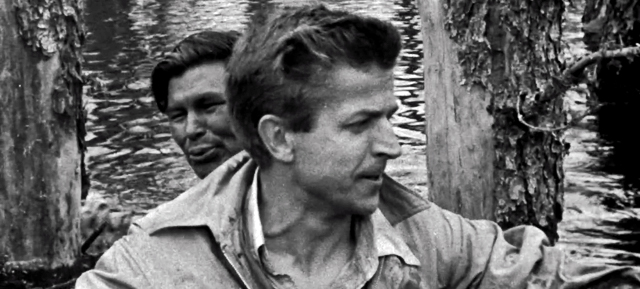One of my favourites. Re-found when I was looking for Omer Stringer films.
Survival in the Bush

 www.nfb.ca
www.nfb.ca
Survival in the Bush

Survival in the Bush
This short documentary illustrates what to do when you're lost in the bush. Filmed in 1954, an NFB producer and a Native guide allow themselves to be marooned …

